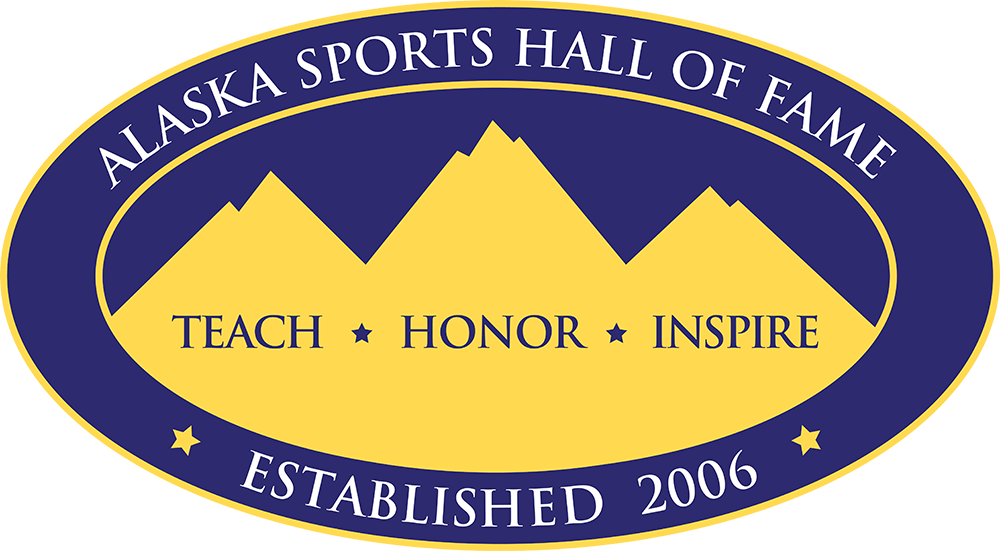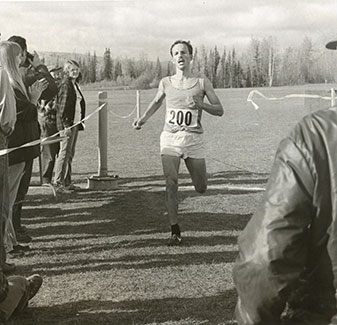The Equinox Marathon has enthralled and exhausted participants for more than 50 years.
When University of Alaska Fairbanks ski coach Jim Mahaffey tasked two of his athletes, Nat Goodhue and Gail Bakken, with laying out a 26.2-mile trail in 1963, the concept was novel: fewer than 20 marathons existed in the United States.
Quickly the community embraced the event and it grew from 143 entrants to more than 1,000. In the late 1960s, the Equinox exceeded even the famous Boston Marathon in participation and three times was the largest marathon in the world.
That was largely because the Equinox set itself apart by allowing women, schoolchildren and hikers who ranged in age from 7 to more than 70 to participate.
No two miles of the course are the same. Participants must negotiate countless rocks and roots, trudge up Ester Dome for four miles and climb more than 3,000 total vertical feet. At Mile 17 they plunge down the infamous Chute and near the end they confront pavement that thrashes their quads. All their toil pays off, however, upon seeing golden fall colors at their peak and receiving a coveted finisher’s patch.
Indelible moments fill the Equinox’s history, among them Stan Justice’s record 2:41:30 in 1984, Marcie Trent’s three wins in her 50s and 12-year-old Mara Rabinowitz’s stunning victory in 1979. The 1992 race was canceled due to heavy snowfall — but several dozen diehards ran anyway.
Equinox enthusiasts have been married during the race. They have run barefoot, on crutches and even backwards after cramps set in. One woman hiked the whole course with a great horned owl on her shoulder.
The Equinox, held in September, has evolved to include a popular three-person relay.
Initially Goodhue suspected the marathon would dissolve after a few years. He underestimated its resilience, however, and the Equinox still thrives as one of the country’s oldest and most unique marathons.
– Matias Saari

